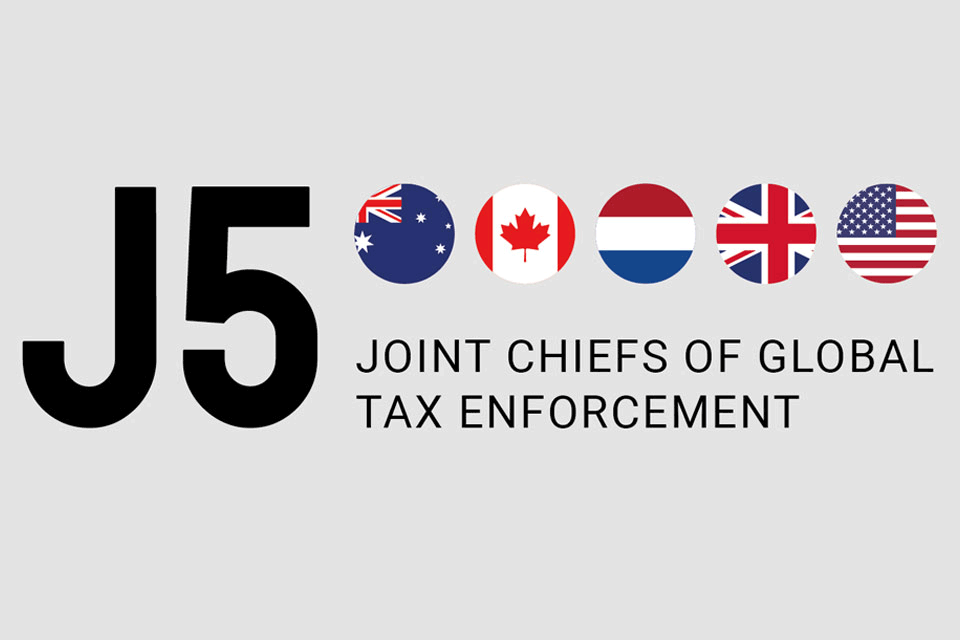Research commissioned by HMRC looked at how businesses understand and claim research and development (R&D) tax relief, and the results of the research were published on the UK government website on 30 November 2021.
The research looked at who makes the decision on claiming the relief; how the business knows about the R&D relief; what guidance is used or needed; the influence of agents; and the compliance behaviour of the business in making the claim to relief.
A total of 39 UK businesses were surveyed, covering micro, small, medium, and large businesses that had claimed R&D tax relief within the previous two years and had received full, partial or nil tax relief.
The survey clarified the views of business on the ease of claiming the relief, the complexity of the R&D tax reliefs and the effectiveness of the HMRC guidance issued on the reliefs.
The businesses surveyed saw R&D as very important for their operations and had a positive attitude to the R&D tax relief schemes. The businesses had a strong innovation culture and were driven by the need to remain competitive. They generally understood the criteria for R&D relief, such as the requirement to be genuinely innovative. With regard to the detail of the schemes the businesses did not always understand which items could be included in the claim for tax relief or how the relief could be calculated.
Information about the R&D scheme generally came first from accountants or from other businesses. The relevant companies were also often contacted by specialist agents by email, phone or social media. Businesses were aware that they could claim the relief as they were operating in an innovative sector and would therefore make a decision to claim on that basis. Once a business had experience of claiming R&D relief the relevant procedures would be built into their systems.
Smaller businesses with limited resources and less experience of making claims would tend to use specialist agents or accountants to prepare their claims. They generally perceived the process of making a claim as complex. The use of agents could give them assurance that the claims were accurate and processed correctly.
The businesses saw the results of their claims as straightforward and most of them received the full amount of tax relief claimed. Where businesses received less than the full amount claimed they worked with their agents or with HMRC to correct the errors made in the claim; but they did not see the process of claiming relief as straightforward compared to their expectations.
Generally, the companies surveyed were intending to make further R&D tax relief claims in the future, as they had been successful with their claims and the relevant projects were continuing. In the case of companies that had not received the full amount of their claim, they were more doubtful and were considering further measures to make sure their claims complied with the rules, for example by devoting more resources to preparing the claims or using outside advisers.















